How to liven up a beat using a 'groove shadow'
Here's how to liven up or add atmosphere to one beat by using the reverb signal from another
A groove shadow is the 100% wet reverb signal from one beat (or any other sound source) placed behind your main beat to give it a more interesting ambience than you'd get by applying reverb directly to the main beat itself.
In this tutorial, we'll show you how to make a groove shadow, and introduce you to the plugins you'll need to do it.
For more on processing drum loops, grab Future Music 293, which is on sale now.
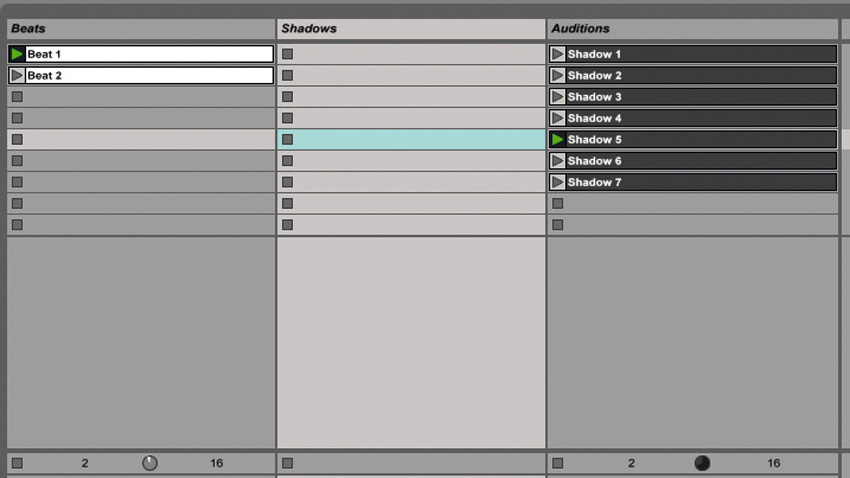
Step 1: Set up one channel for your main beat, and another on which to create your shadow. On the shadow channel, set up a reverb, fully wet, and bring the dry signal level down. Audition shadow beats alongside the main beat and see what catches your attention. You don't even have to use a beat - get creative!
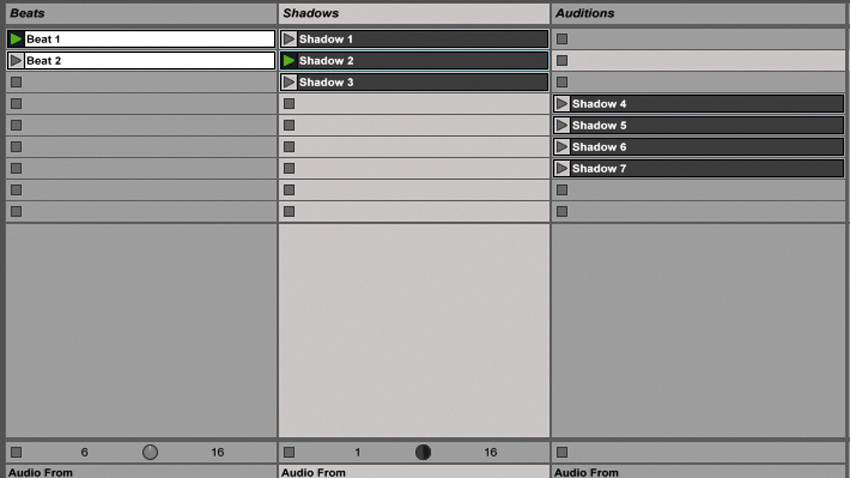
Step 2: Let's get the beat and its shadow sounding better together. Pitchshifting the shadow reverb signal up or down can give it energy where it didn't have it before. Choose whether to match the main beat or to separate beat and shadow, depending on the effect you're after.
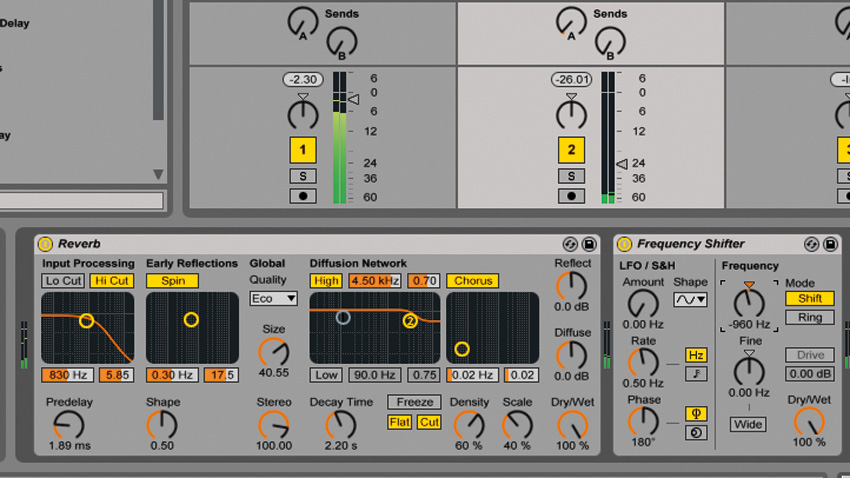
Step 3: Gating the shadow can provide a bit more rhythm. Set up a high reduction amount and a quick attack, and crank the Hold up. Getting the Threshold setting just right is crucial if you're auditioning a lot of candidates.
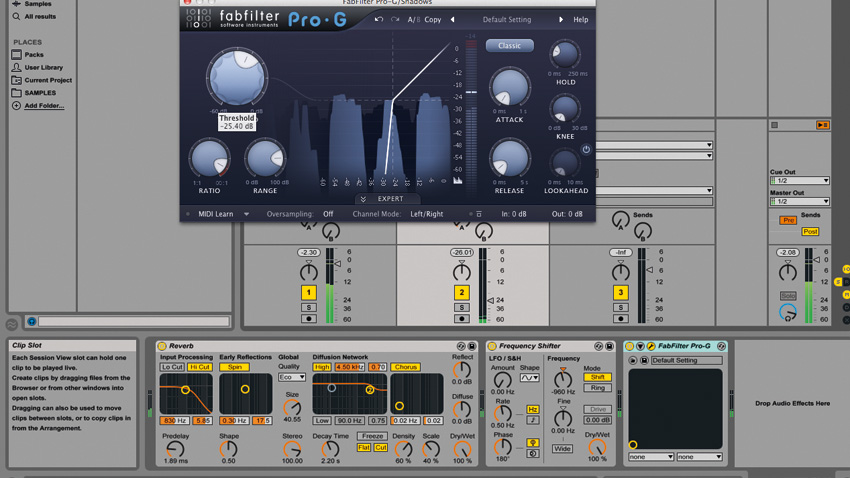
Step 4: So we've got three crucial processes: reverb, gating and pitchshifting. The ordering of these can make a big difference. Keep an eye on the relationship between the gate and reverb modules; if the reverb smears the beat's transients, the gate may not have anything to detect.
Get the MusicRadar Newsletter
Want all the hottest music and gear news, reviews, deals, features and more, direct to your inbox? Sign up here.
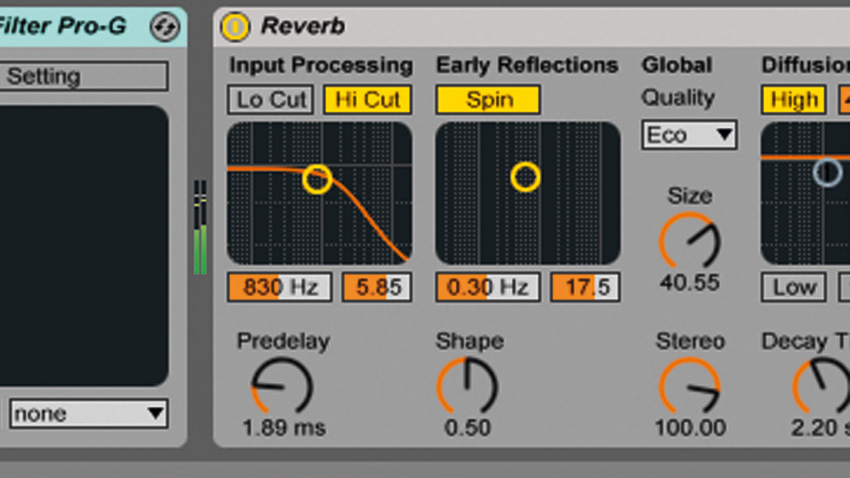
Step 5: As the shadow is a reverb effect that adds a sense of space, try delaying it, having the beat pop out over the top more obviously. This can be done using the reverb's predelay control, or with a simple delay processor set to 100% wet. Start at about 50ms and move up.
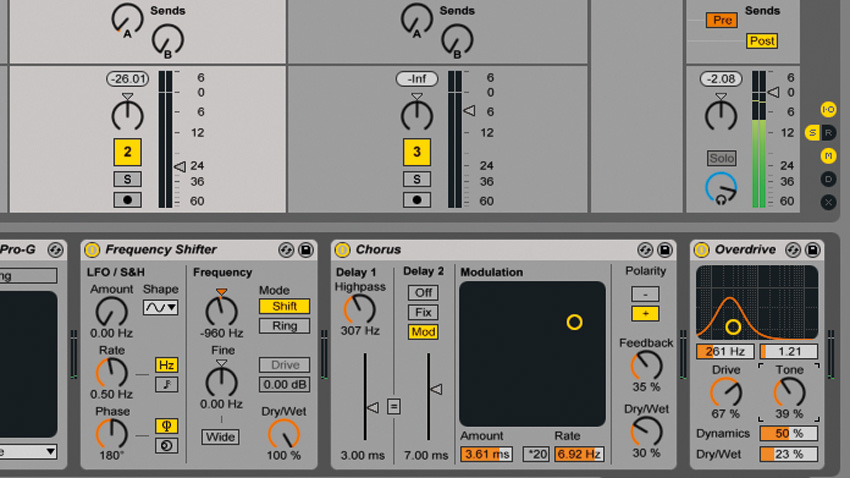
Step 6: Try throwing some effects on the shadow signal to push it even further. Modulation effects like chorus, phasing and flanging are one way to go, as is distortion, or any other creative effect.
Future Music is the number one magazine for today's producers. Packed with technique and technology we'll help you make great new music. All-access artist interviews, in-depth gear reviews, essential production tutorials and much more. Every marvellous monthly edition features reliable reviews of the latest and greatest hardware and software technology and techniques, unparalleled advice, in-depth interviews, sensational free samples and so much more to improve the experience and outcome of your music-making.










